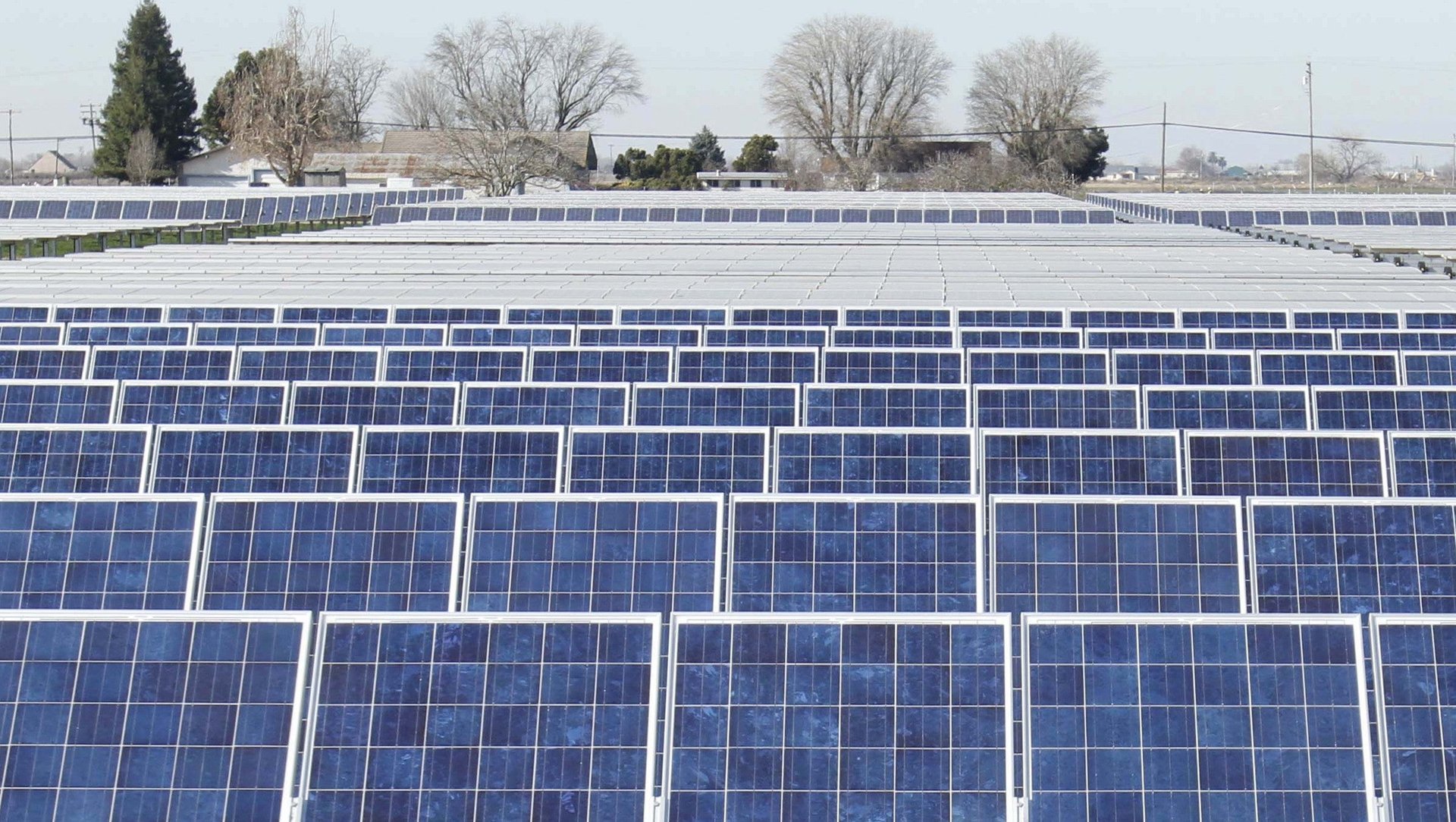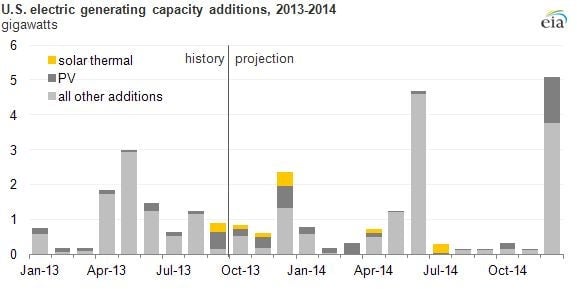Why Google and KKR are teaming up to do big solar deals
As key US tax incentives for renewable energy begin to disappear in the coming years, expect the pace of deal making to accelerate as investors try to lock in the tax advantages. Case in point: Today’s move by New York investment firm KKR and Google to buy six solar power plants under construction in California and Arizona for $400 million.


As key US tax incentives for renewable energy begin to disappear in the coming years, expect the pace of deal making to accelerate as investors try to lock in the tax advantages. Case in point: Today’s move by New York investment firm KKR and Google to buy six solar power plants under construction in California and Arizona for $400 million.
As part of the deal, Google says it is putting $80 million toward the purchase of the photovoltaic farms being built by San Francisco developer Recurrent Energy. When the power plants—five are in southern California and one is in Arizona—go online in January 2014, they will generate 106 megawatts (MW) of electricity, enough juice to power more than 17,000 homes. While KKR and Google did not disclose the details of the deal, it’s probably relatively low risk. The power plants qualify for a 30% federal tax break for renewable energy projects and three utilities have already signed long-term contracts to buy the electricity.
It’s the second time KKR, the leveraged buyout giant, and Google have teamed up on renewable energy projects. In late 2011, the two companies bought four Recurrent Energy photovoltaic power plants in northern California, with Google investing $94 million and KKR $95 million. The projects went online in 2012 and generate 88 MW.
Today’s deal comes as the US Energy Information Administration (EIA) reports that the US’s solar thermal generating capacity is set to double by year’s end as two big projects come online. (Unlike photovoltaic power plants, which generate electricity from solar panels, solar thermal plants deploy mirrors to focus the sun on a liquid-filled boiler to generate steam. The steam then drives an electricity-generating turbine.)
The EIA predicts six solar thermal projects will come online in 2013 and 2014, generating 1,257 MW. That represents only 4% of new capacity in the US. That’s largely because solar panel prices have fallen more than 75% in recent years, making photovoltaic farms more attractive to investors and utilities than solar thermal. Plus a solar power plant can be built in a year or two, depending on its size, versus three to four years for a solar thermal power station.
With federal incentives expiring, time is money. And thus the growth in photovoltaic capacity, as detailed in the chart below, particularly as we get closer to the 2017 when that 30% federal tax break is set to fall to 10%. In other words, expect more Google-sized deals.
